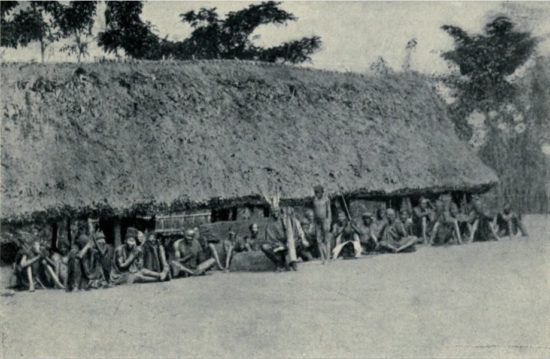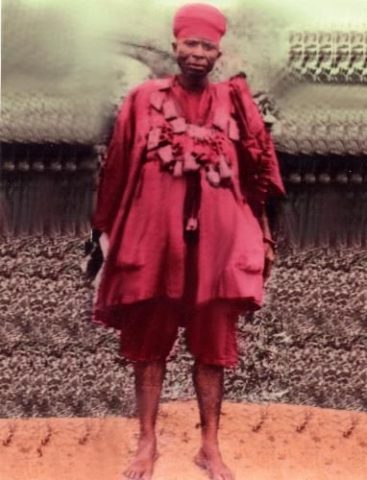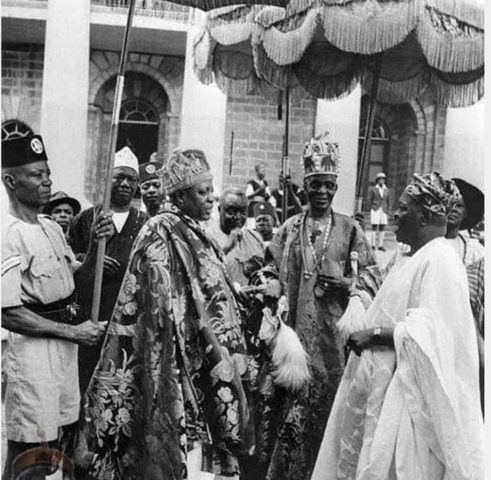The Benin Kingdom: Facts About Benin Kingdom
Benin City in Edo State, Nigeria, is one state with a vibrant history.
The city, which can be traced back to the then Benin Kingdom of the 11th century, is now a 21st-century state with about 3.8 million people.
Its territory is west of the Niger River and extends to the swamps in the Niger Delta. The people of Edo are called Bini.
Read on to find out other interesting facts and how the Benin Kingdom came to be.
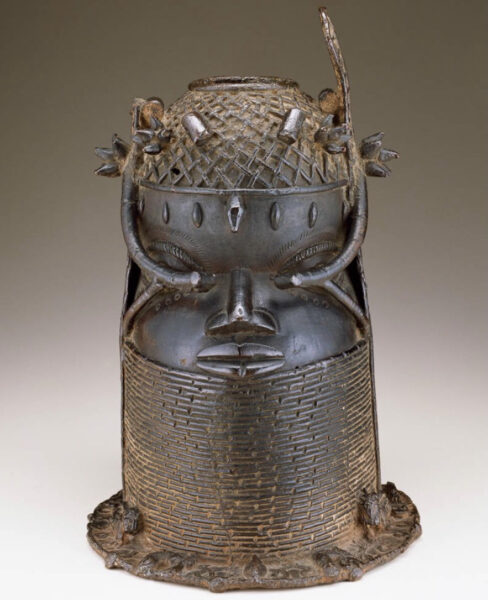
Table of Contents
The History Of Benin Kingdom
The Benin Kingdom, now known as Benin City, in Edo State, Nigeria, was created around the 11th century AD and lasted until 1987 before being annexed by the British Empire.
Read also: Ota Benga | The Story Of A Man That Was Kidnapped & Caged In A Zoo
The founders of this Kingdom, the Edo people, then called it “Igodomigodo,” they were ruled by “Ogiso” (King of the Sky).
The first Ogiso recorded was Ogiso Igodo. He was known as a good ruler who wielded much influence.
However, after a long reign, he died, and his eldest son, “Ere.”
In the 12th century, however, the Kingdom witnessed an excellent palace intrigue, following the death sentence on the last Ogiso only son, “Ekaladerhan.”
The barren queen deliberately changed an Oracle message to the Ogiso to have the crown prince killed.
Fortunately, the palace messengers had mercy on the Prince and set him free at Ughoton near Benin, and this marked the end of the Ogiso dynasty as there was no prince to succeed the King after his death.
After the King’s death, although the people and royal kingmakers had preferred Ekaladerhan, the crown prince, to rule, the exiled Prince had chosen another path in Ille-Ife.
He had changed his name from Ekaladerhan to Izoduwa, which means “I have chosen the path of prosperity.”
After a search was conducted for him by the elders led by Chief Oliha, the Prince, now called Oduduwa, was found, he, however, didn’t go back with them to the Benin Kingdom but sent his grandson “Oranmiyan” to go in his stead.
Back in the Benin Kingdom, Oranmiyan was resisted by one of the palace chiefs, Ogiamien Irebor.
As a result, the elders built a palace for him at Usama, and this palace is now known as a coronation shrine. The new King later got married to Erinmwinde, daughter of Ogie-Egor, with her he had a son, Eweka.
After some years, Oranmiyan called a meeting with the people of Benin and renounced his office.
It was out of frustration as he expressed that only a child, born and trained in the arts and mysteries of the Benin Kingdom, could role over the land.
Due to the King’s vexation over the ground, the Kingdom was called Ile-Ibinu (Ibinu), meaning land of anger.
He arranged for his son Eweka to be made King in his place while he returned to Yorubaland. Oranmiyan was later the founder of the Oyo Empire, now known as Oyo State. He was the first Alaafin of Oyo.
His son Eweka, whose royal name was “Owomika,” gave rise to the tradition of Obas of Benin staying seven days and night at Usama before announcing their royal names at Use.
In the 15th century, Benin had expanded into a thriving city under the reign of the twelfth Oba, known as “Oba Ewuare the Great” in 1440.
However, by the seventeen century, the Kingdom of Benin experienced constant civil wars and disputes over kingship.
Read also: The Nri Kingdom | Igbo Ancient Civilisation
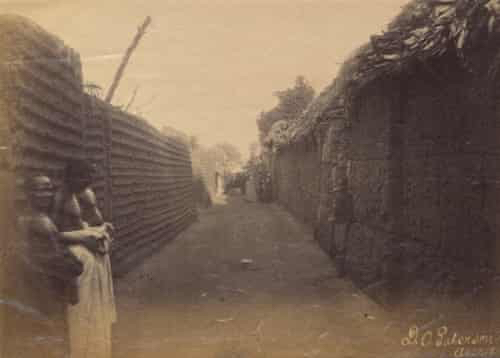
The Walls Of Benin Kingdom
The walls of Benin, known as “Iya” in the Edo language, are a series of earthworks made of banks and ditches.
Some suggest that the walls were constructed between the thirteen and mid-fifteenth century CE, while others believe it was built during the first millennium AD.
The walls were strong enough and well made to keep invaders out of the Kingdom and protect its people from within.
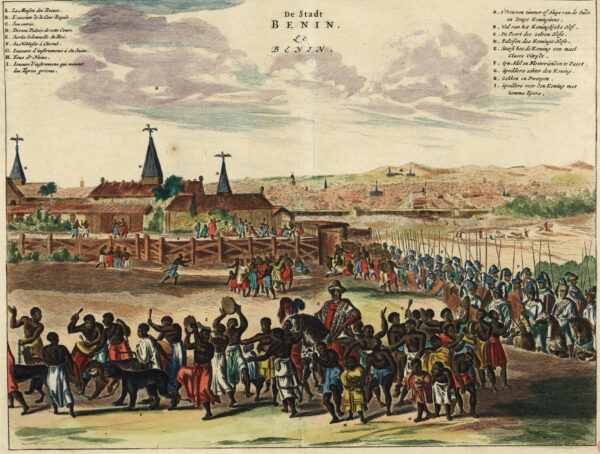
Historical Figures of the Ancient Benin Kingdom Worthy of Note
Queen India, Oba Ozolua, who reigned in 1481, had mystical powers and medicinal knowledge. She was famous for being a warrior as well as being a political adviser for her son.
An ivory carving of her face was used as the 1977 symbol of FESTAC.
Queen Iden made a sacrifice many wouldn’t have been able to make.
She was the queen of Oba Ewuape’s reign in 1700 AD. For the welfare of her husband and the entire Benin Kingdom, Queen Iden, after realizing a human sacrifice was needed to appease the gods and restore peace to the Kingdom, volunteered herself as a human sacrifice and was buried alive.
Emotan was a trader who was credited for building the first primary school in the Benin Kingdom.
She is also famous for helping the then monarch, Oba Ewuare, reclaim the throne from his brother, Oba Uwaifiokun, in 1432.
Till today, a statue of her still stands in Edo state.
General Asoro, the sword-bearer of King Oronramwem, the Oba of Benin in 1897, proved his might as a warrior alongside few men, single-handedly handled the British Army during an invasion 1897 1898.
The Benin Kingdom and Human sacrifice
Human sacrifice was a thing in the thirteen century AD of Benin Kingdom.
However, these sacrifices were conducted regularly in honor of the god of iron and for other events. The burial of a late Oba usually includes human sacrifices, so the Oba doesn’t go alone to the afterlife.
These sacrifices have wives, slaves, and children, who are buried with the late Oba in other to serve him in the afterlife.
The Benin Kingdom Crafts
The people of the Benin Kingdom were known to be artist, who worked with different materials from brass to wood and ivory.
As a result, their bas-relief sculptures, plaques in particular, and life-size head sculptures became very popular. These crafts told stories and depicted historical events.
Read also: Dogon People And Astronomy | African Tribes
European Contact
In 1485, João Afonso de Aveiro, a Portuguese, was the first European explorer to reach the Benin Kingdom.
A trade relationship began between the two parties.
Slaves and tropical products were traded for European goods such as manillas and guns.
It was later followed by the Oba sending an ambassador to Libson and the King of Portugal sending Christian missionaries to the Kingdom.
The Oba of Benin did not accept any colonial aspirations, and when he began to suspect Britain’s plan to colonize the Kingdom, he ceased communication with them.
From 1896 to 1897, the British Expedition was recorded, Britain troops captured, burned, and looted Benin City.
Nevertheless, in the late 19th century, the Benin Kingdom retained its independence, and the Oba exercised a monopoly over trade.
Present Day Benin
Although the then Benin Kingdom went through a lot, it still standstill today, the monarchy continues to exist in the now known as Benin City in Edo State, Nigeria.




